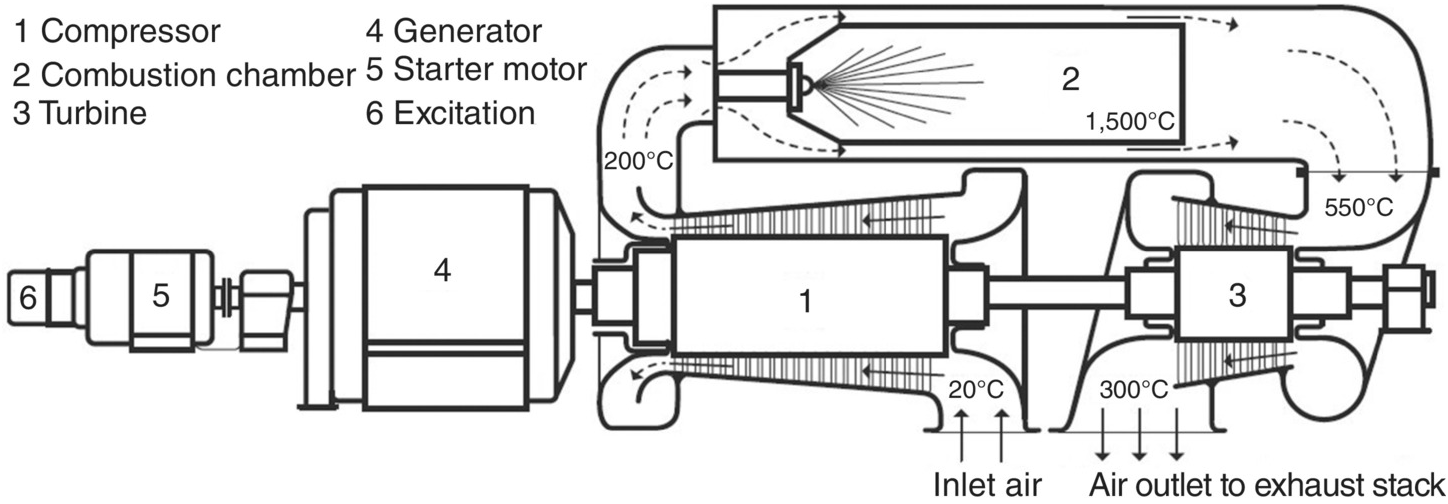
- WESTINGHOUSE J34 TURBINE SECTION CODE
- WESTINGHOUSE J34 TURBINE SECTION SERIES
There is a constant reference to the safe.
WESTINGHOUSE J34 TURBINE SECTION CODE
Phoenix Mill, Gloucestershire, England, UK: Sutton Publishing Limited. off original price The coupon code you entered is expired or invalid, but the course is still available A step by step guide to the tools and procedures used for the disassembly and reassembly of the Westinghouse J34 turbojet engine as it may be accomplished at an AMT school. World Encyclopedia of Aero Engines, 5th Edition.
Specific fuel consumption: 1.04 lb/hr-lb. Compressor: Single-Spool, 11-stage Axial. 
It was intended to have more possibilities for use in a two-engine fighter than Westinghouse's earlier X19B turbojet.
WESTINGHOUSE J34 TURBINE SECTION SERIES
C-119 Flying Boxcar (civilian variant modification) Westinghouse J34 (24C-2) Turbojet Engine Westinghouse developed the first all-American-designed turbojet engine, and the X24C is the third in the series of Westinghouse turbojets, begun early in 1944. ĭeveloped during the transition from piston-engined aircraft to jets, the J34 was sometimes fitted to aircraft as a supplement to other powerplants, as with the P-2 Neptune and Douglas Skyrocket (fitted with radial piston engines and a rocket engine, respectively). However, equipped with the J34 instead of its intended engines, it was seriously underpowered and could not exceed Mach 1 in level flight. The J46 was also a single-shaft axial-flow turbojet, but had a 12-stage compressor and 2-stage turbine. The YF2Y-1 service test prototypes that followed were powered by Westinghouse XJ46-WE-2 engines. The Stiletto was developed to investigate the design of an aircraft at sustained supersonic speeds. The J34-WE-32 was 15 feet, 4.0 inches (4.674 meters) long, 2 feet, 1.6 inches (0.650 meters) in diameter, and weighed 1,698 pounds (770.2 kilograms). It was seen as a lower development risk than the J40 which was in parallel development at the same time. The model number assigned was X24C10, even though the J46 differed in many design features from the smaller J34. 
For instance, the Douglas X-3 "Stiletto" was equipped with two J34 engines when the intended Westinghouse J46 engine proved to be unsuitable. The Westinghouse model number was a continuation of the 'X24C' series of the J34. Built in an era of rapidly advancing gas turbine engine technology, the J34 was largely obsolete before it saw service, and often served as an interim engine.






 0 kommentar(er)
0 kommentar(er)
